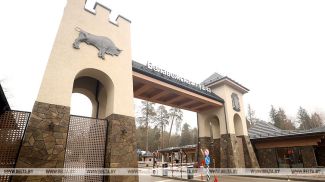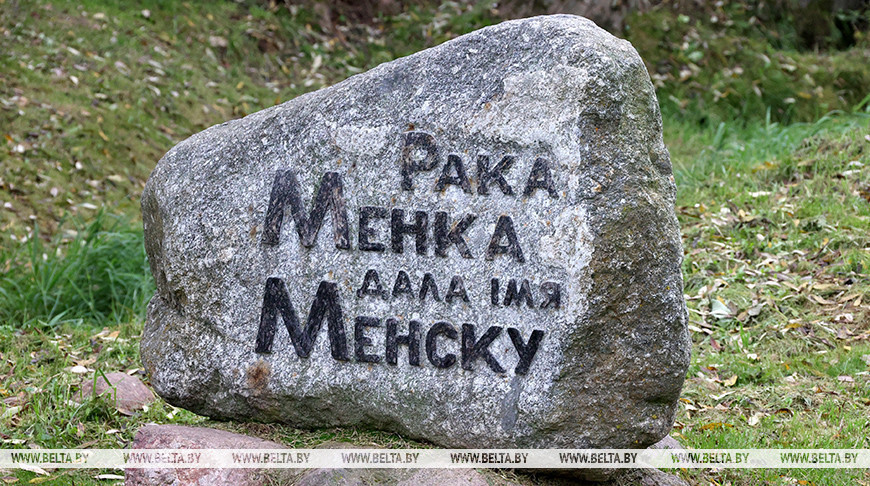
MINSK DISTRICT, 11 October (BelTA) - Archaeologists have proven that there was an ancient city on the Menka River going back to the 10th century, Andrei Voitekhovich, the head of the Department of Archaeology of the Middle Ages and Modern Times at the Institute of History of the National Academy of Sciences of Belarus, told the media, BelTA has learned.
In 2022, Belarusian Prime Minister Roman Golovchenko instructed the scientists to figure out where exactly Minsk was founded originally. For this purpose, a plan for archaeological research of the site on the Menka River was drawn up. The work was carried out in 2023 and 2024 and was led by archaeologist Andrei Voitekhovich. The work is planned to extend into 2025. The digs unearthed unique wooden structures and artifacts, which sheds a new light on the history of the Belarusian capital. Archaeologists came to the conclusion that the ancient Minsk was first located on the Menka River and then moved to the place of confluence of the Svisloch and the Nemiga. The results of this work were reported to the prime minister today.
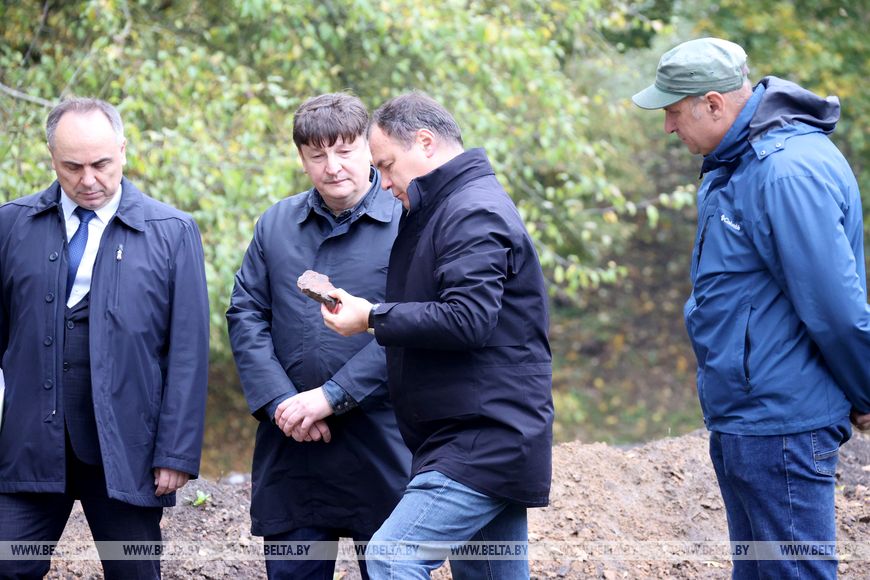
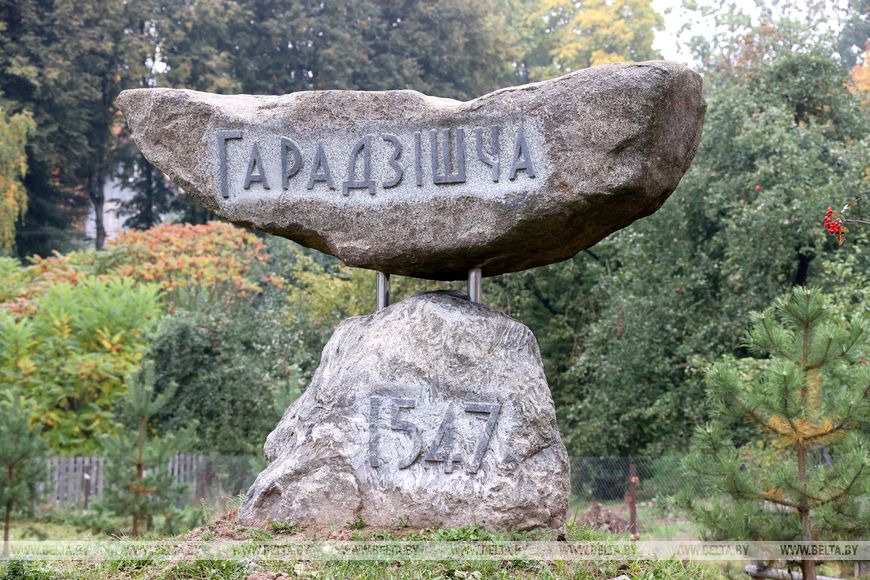
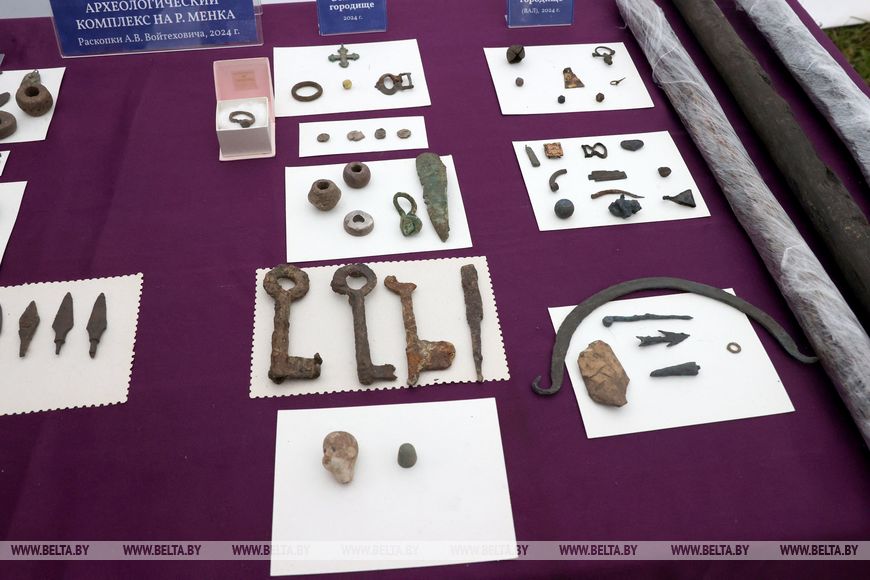
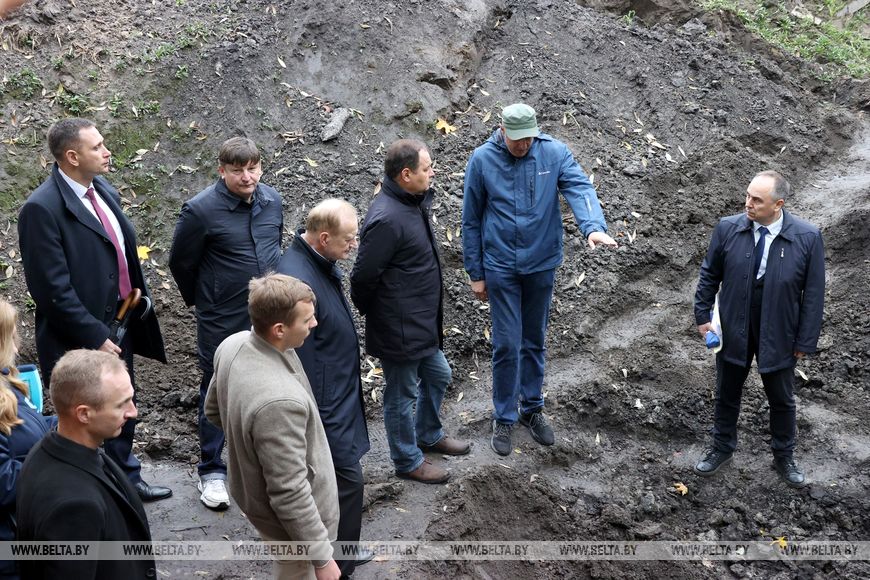
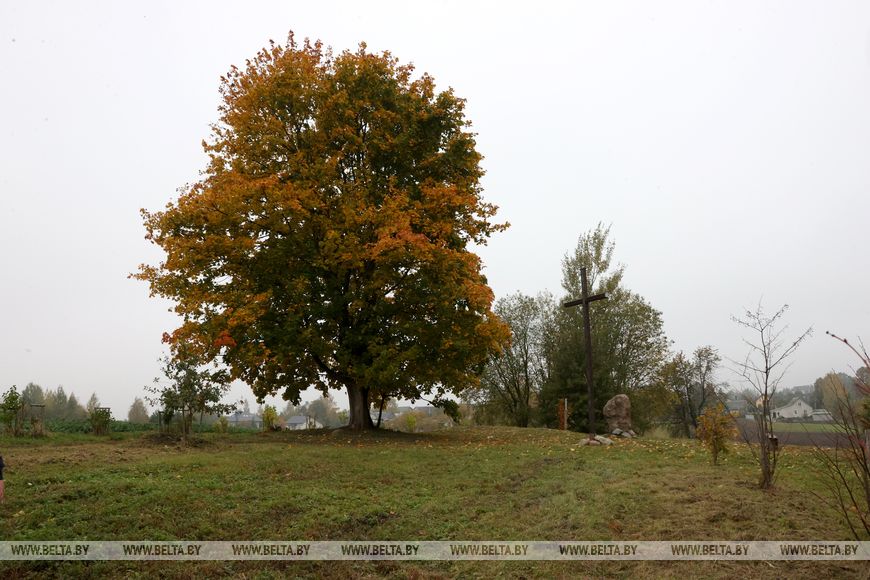
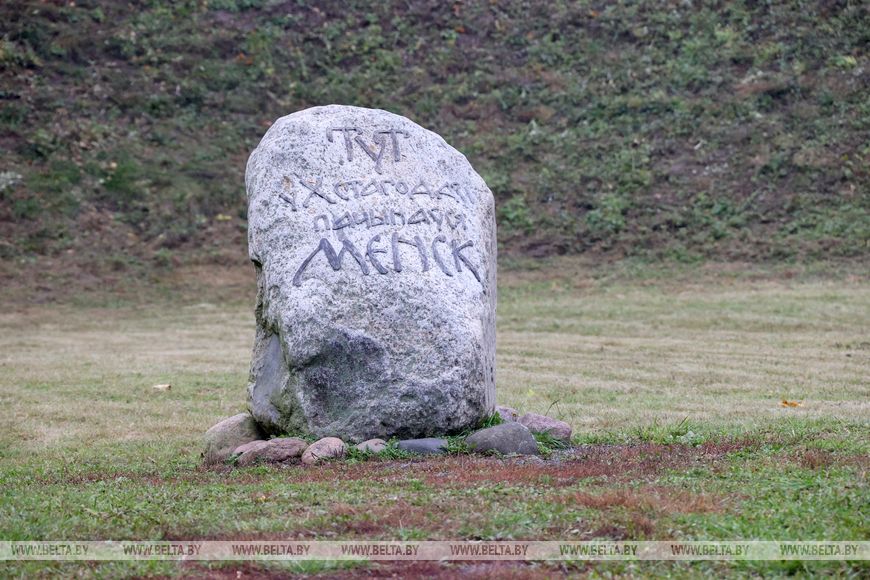
In 2022, Belarusian Prime Minister Roman Golovchenko instructed the scientists to figure out where exactly Minsk was founded originally. For this purpose, a plan for archaeological research of the site on the Menka River was drawn up. The work was carried out in 2023 and 2024 and was led by archaeologist Andrei Voitekhovich. The work is planned to extend into 2025. The digs unearthed unique wooden structures and artifacts, which sheds a new light on the history of the Belarusian capital. Archaeologists came to the conclusion that the ancient Minsk was first located on the Menka River and then moved to the place of confluence of the Svisloch and the Nemiga. The results of this work were reported to the prime minister today.

"For two years of excavations, we have achieved a lot. First of all, we conducted research on the internal shaft structures and fully studied their appearance, design, time of their construction. We can say with 100% certainty that these are typical wooden-and-earth fortifications for an ancient Russian city, built at the very end of the 10th – early 11th centuries. Thus, we can say that the city was born in the 990s. These fortifications were really impressive. In terms of size they were not inferior to the fortifications that were found in Minsk on the Svisloch River. Those are comparable city walls in terms of strength, but they were made using different technologies, as they were built at different times. On the Menka, the city appeared earlier. Here we see the classic urban structure: a detinets or walled-in stronghold, a roundabout city and unprotected settlements outside a detinets," Andrei Voitekhovich said.

Archaeologists studied the unprotected settlements and the detinets and unearthed rare luxury items), expensive weapons which indicate the living quarters of a retinue. They also found traces of fires caused by military intervention and took samples for radiocarbon analysis to get the exact date of military attacks and compare them with the historical events.

"We are 100% confident that it was a large city, which flourished in the 11th century. It gradually fell into disrepair at the end of the 11th century and completely ceased to exist by the middle of the 12th century. We can associate this with the emergence of a new city on the Svisloch River," the scientist emphasized.

According to him, one issue still remains unresolved. "During the excavations, we found burials that should not be there. Usually, people did not bury their dead in the place they lived. This can only be explained by one thing – by the presence of a temple in this place. Therefore, there is a hypothesis that at the southern entrance to the settlement there was a wooden church, around which burials were made in the 11th -12th centuries. In order to prove or disprove this version, we are going to excavate the alleged site of the temple next year. By the way, the version is confirmed by the fact that last year we found a censer nearby," Andrei Voitekhovich noted.


After the major excavations on the Menka River are completed, the place will be turned into a museum. According to scientists, this is a landmark place not only for Belarus, but also for the whole of Eastern Europe.





